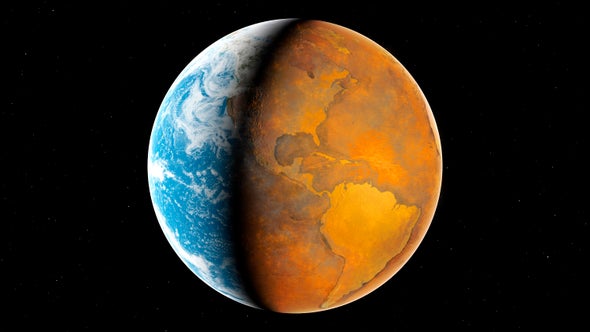The country of Scotland is the northern one-third of the island of Great Britain, separated from England by a 96-mile border, and roughly 790 islands in the North Atlantic (including the North Sea). It is part of the United Kingdom of England, Scotland, Wales and Northern Ireland. It has an area of 77,933 sq km/30,090 sq mi and a population of about 5.5 million. Traces of human habitation date back to 12.8 KYA, not long after the glaciers had melted back, when tribes of hunter-gatherers migrated northward.
By the first millennium BCE society had organized itself into local chiefdoms, and it was these groups the Romans met in their several attempts to conquer all of Great Britain, making it about as far north as York, and leaving behind the Hadrian’s and Antonine Walls, as well as a string of forts in the region. North of the Kingdom of Northumbria, local chiefdoms remained the basic form of government until later in the first millennium CE, when the threat of raids and invasion from Norway led to the ninth century rise of Cináed mac Ailpín (Kenneth I), generally acknowledged the first king of Scotland. Scotland maintained a turbulent independence until 1706, when impoverished Scottish nobles consented to join the United Kingdom, of which it has been part ever since.
Scotland's largest lake by volume, Loch Ness, overlooked by Castle Urquhart.
Scotland is traversed by three ancient faults which mark the different geological zones: the Highland Boundary Fault which marks the southern extent of the Highlands, formed in the Caledonian Orogeny (about 500 MYA, part of the collision of Laurentia (North America) with Eurasia); the failed rift valley of the Central Lowlands, and the Southern Uplands Fault which marks the start of the hilly territory in Scotland’s southern portion. Climatically Scotland is oceanic and subpolar, with the highlands and islands enduring more extreme cold than the lower regions of the mainland. Generally, due to the influence of the warm North Atlantic Drift current, western Scotland is warmer than the eastern portion. The country is covered by a mix of coniferous and deciduous forest and tundra.
Loch Lomond.
Tomorrow: Scotland and the offshore oil industry.
Be brave, and be well.









No comments:
Post a Comment